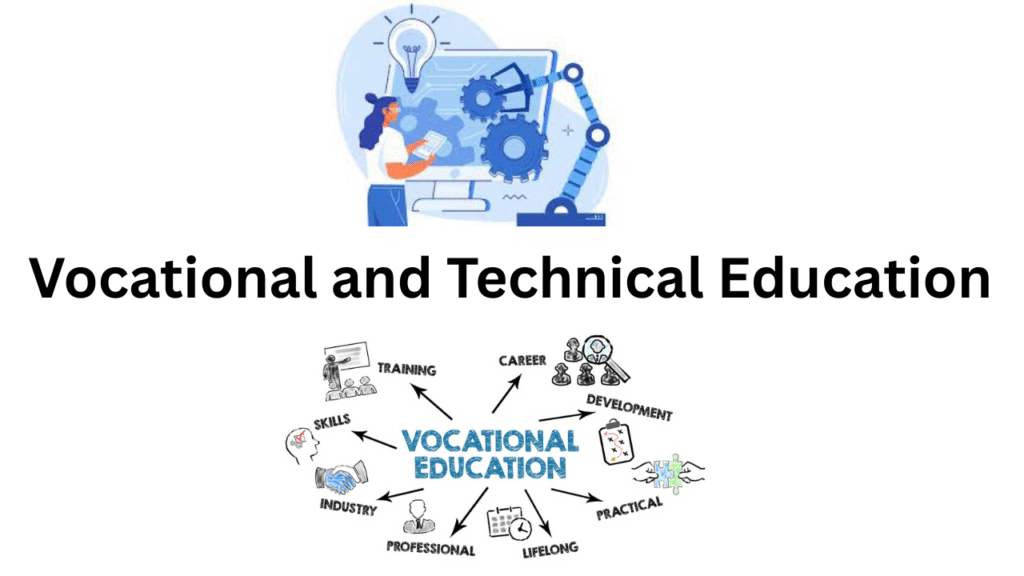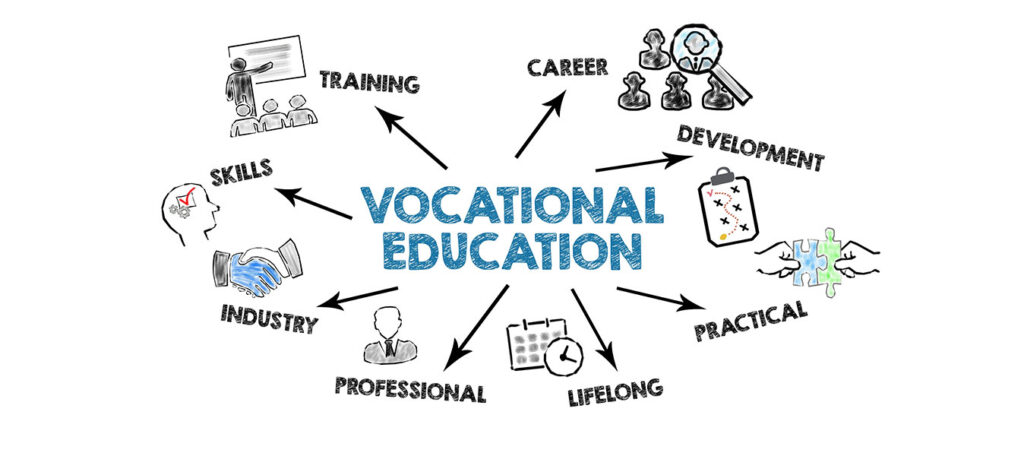
Introduction to Vocational and Technical Education
Education refers to skill-based training programs designed to prepare individuals for specific careers. Unlike traditional education, it focuses more on practical learning and hands-on experience. This system equips learners with industry-relevant skills that improve their employability. Vocational and Technical Education has become a global demand due to rapid industrial growth. It bridges the gap between theoretical knowledge and real-world applications.
Importance of Vocational and Technical Education in Modern Society
In today’s fast-paced world, Education plays a crucial role in economic growth and workforce development. It provides students with practical skills needed in industries like engineering, healthcare, IT, and construction. Modern society demands skilled professionals rather than just degree holders. Vocational and Technical Education helps reduce unemployment by preparing job-ready individuals. It also strengthens local and international competitiveness.

History and Development of Vocational Training Programs
The concept of Vocational and Technical Education is not new. Historically, skills were passed through apprenticeships and guilds. With the industrial revolution, technical training became more formalized. Over time, governments and educational institutions developed structured vocational training programs. Today, Vocational and Technical Education is integrated into school systems and higher education worldwide. Its development shows a clear shift from traditional learning to skill-oriented training.
Key Differences Between Vocational and Technical Education

Vocational Education mainly focuses on preparing students for specific trades such as carpentry, plumbing, or healthcare assistance. Technical Education, on the other hand, emphasizes advanced technical skills for fields like engineering, mechanics, or IT. While both aim at career development, Vocational Education is more job-specific, and Technical Education often requires deeper theoretical understanding. Together, they form the backbone of skill-based learning systems.
Benefits of Vocational and Technical Education for Students
Students gain multiple advantages from Vocational and Technical Education. It provides career-specific training, making them employable immediately after completing their studies. Unlike traditional education, it combines theory with practical experience. Students also gain confidence, independence, and a sense of achievement by mastering real-world skills. Moreover, Vocational and Technical Education opens opportunities for entrepreneurship, as individuals can start their own businesses with acquired skills.
Role of Vocational Training in Employment and Career Growth
Vocational and Technical Education plays a vital role in reducing unemployment. By offering job-oriented training, it prepares individuals for direct entry into the workforce. Employers prefer hiring candidates with hands-on skills, making vocational graduates highly valuable. Furthermore, continuous training in technical fields allows individuals to grow in their careers.Education ensures lifelong learning opportunities for career advancement.
Challenges Faced by Vocational and Technical Education Systems

Despite its importance, Education faces challenges worldwide. Lack of funding, outdated equipment, and insufficient qualified trainers often limit its effectiveness. Social perception also plays a role, as some people view vocational education as less prestigious compared to university degrees. Moreover, rapid technological changes require constant curriculum updates. Overcoming these challenges is essential to strengthen Education.
Government Policies and Support for Technical and Vocational Training
Governments worldwide are investing in Education to meet industry demands. Policies encourage partnerships between educational institutions and industries. In many countries, technical training programs receive funding and international support. Governments also promote vocational education by introducing skill development initiatives. Such policies aim to reduce unemployment, increase productivity, and make Education more accessible to students.
Future of Vocational and Technical Education in the Digital Era
With digitalization and automation, the future of Vocational and looks promising. Emerging fields such as artificial intelligence, robotics, and renewable energy require skilled professionals. Online platforms and e-learning tools are making vocational training more accessible. Vocational and Technical Education will continue to evolve with technology, ensuring students remain industry-ready. The digital era brings endless opportunities for skill-based learning and innovation.
Conclusion:
Is the foundation of a skilled workforce. It not only provides employment opportunities but also supports national economic growth. By promoting skill development, societies can reduce unemployment and improve living standards. Governments, industries, and institutions must work together to enhance vocational programs. Ultimately, Vocational and Technical Education ensures a stronger, self-reliant, and future-ready generation.
FAQs
Q1: What is Vocational and Technical Education?
Education is skill-based training that prepares individuals for specific careers through practical and technical learning.
Q2: Why is Vocational and Technical Education important?
It provides students with industry-relevant skills, reduces unemployment, and prepares a skilled workforce for modern industries.
Q3: What is the difference between vocational and technical education?
focuses on trades like carpentry or nursing, while Technical Education emphasizes advanced skills in fields such as IT and engineering.






Leave a Reply